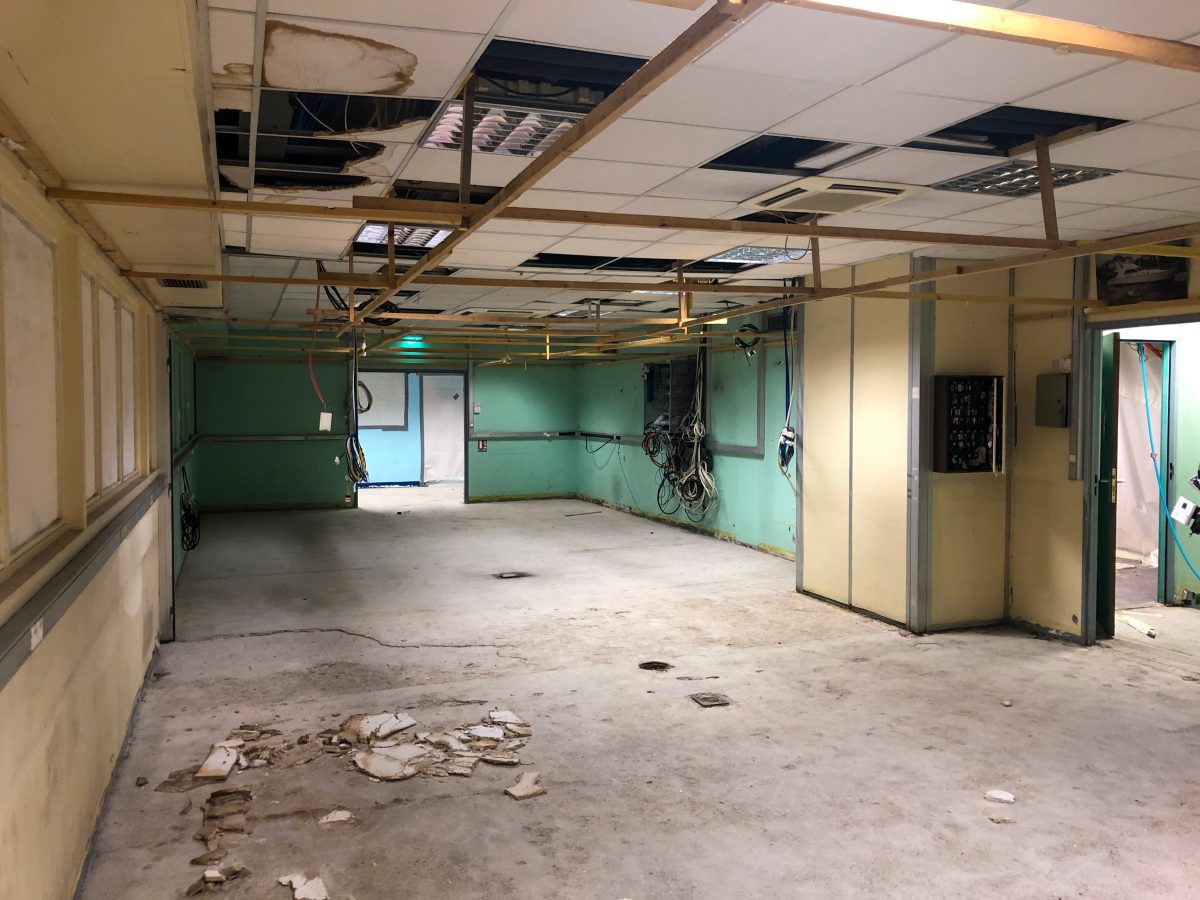
our team
We’re proud to employ more than 350 talented individuals working across a multitude of disciplines.
Surveys are the order of the day for many schools, hospitals and public buildings across the country after the government confirmed the reinforced autoclaved aerated concrete within hundreds of school buildings was past its lifespan. However, critics are worried that this rushed approach to removing RAAC will aggravate pre-existing asbestos within these areas, exacerbating an already difficult problem.
A combination of a nationwide demand for remediation, the short notice of closing the schools, and the lack of general knowledge around RAAC has made the removal of the product an imperative. However, removing RAAC could disturb underlying asbestos – which was used as insulation for most of the time that RAAC was also being used.
National Education Union leader Daniel Kebede has warned that 90% of schools still contain asbestos, with other spokespeople saying it is more likely to be 80%. Either way it is not a position that schools want to be in at the start of term: battling potentially two dangerous defects and relying on virtual learning once more.

What is concerning is how prevalent RAAC has been used across the country. Early lists have shown that there are huge swells of schools in both Essex and the North East, showing that this is not a geographically-isolated incident. Meaning that the more schools likely to have RAAC, will also be likely to have asbestos.
To calm the media, PM Rishi Sunak has stated that 95% of schools will not be affected by the RAAC “crisis”. But how many public buildings will feel obligated to request surveys to check that their environments are fit for purpose? And how many of them will find asbestos along with RAAC? How will that impact everyday life?
Further down the line, legal experts are concerned that, much like the ACM scandal, building companies and contractors will find themselves in a serious legal battle to prove that they are not responsible for what experts are describing as “a circus”. These materials – RAAC, asbestos, even ACM – were legal when used, so whose fault is it that they were later found to be dangerous?